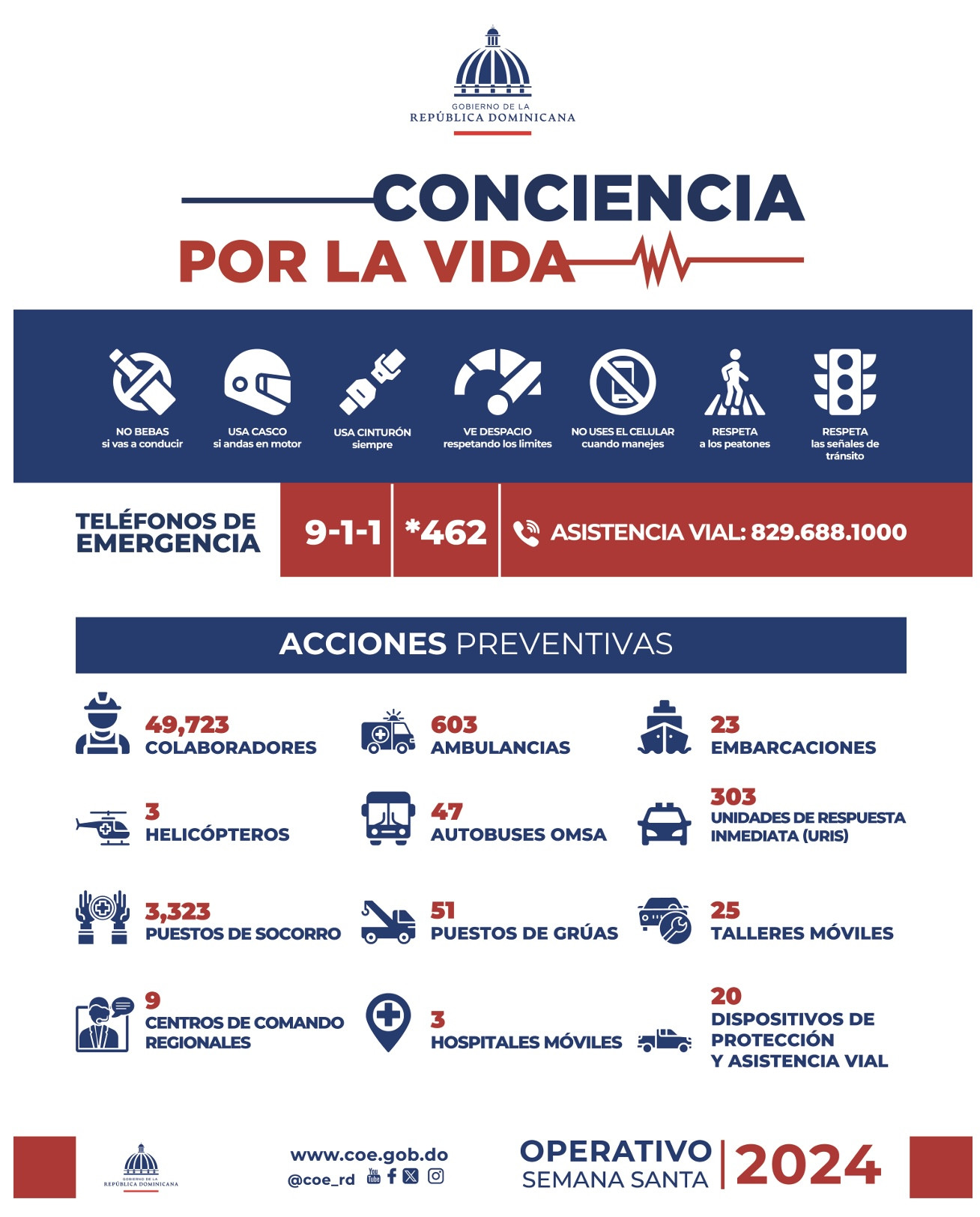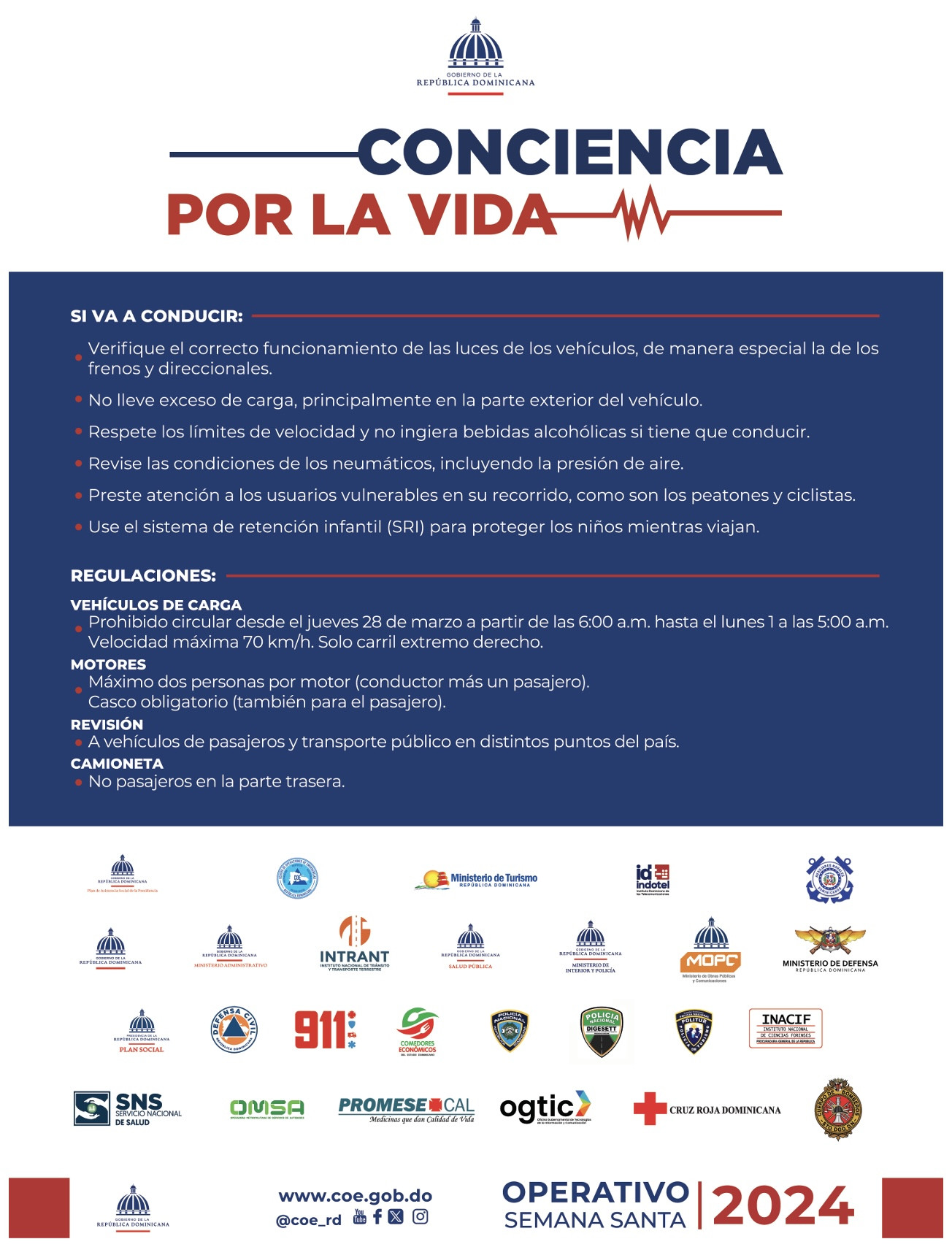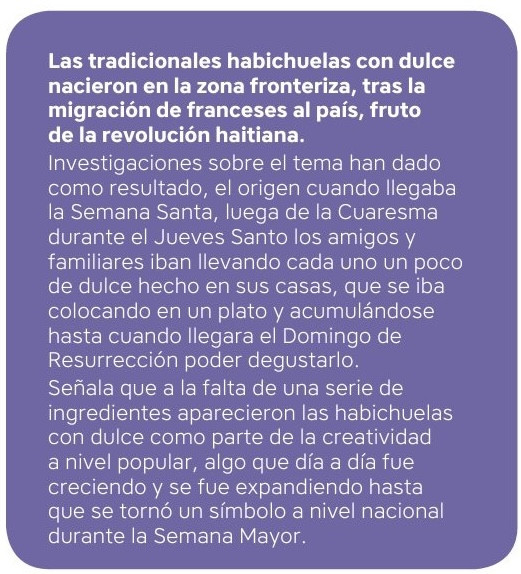Today’s Listín Diario has a section of several pages dedicated to several things about Semana Santa. The following 2 articles are the ones that caught my attention.
This one is of a recipies I didn’t know for 3 dishes which are great for Semana Santa. As everyone knows (or doesn’t know) Fridays during the “Cuaresma” (Lent) you are not suppose to eat mest, so in liue you consume seafood such as fish or don’t condume anything that doesn’t come from plants.
Here are recipies (in Spanish) for a tuna and vegestable pizza, tuna and vegestable sautéed, and tuna “montaditos.”
The other is part of an article and it quickly mentions the supposed origin of the “habichuela con dulce.” It claims this csme to the DR (then still not an independent country) eith the French that fled Haiti during the Haitian Revolution. However, I doubt that for several reason which includes:
1. Why is habichuelas con dulces not consumed in Haiti? Ok, do most of the French that didn’t manage to leave were destroyed, but most isn’t all. Plus, many aspects of the French are still in existence in Haiti even if in a minority of the population, because the patriarch of all mulatto Haitian family is a Frenchman even if the French genetic contribution correspond to one guy and every generation since no new European was added to the gene pool. Not all mulattoes were born into slavery, in fact at the tine the French Revolution broke out in Paris, there were many Haitian mulattoes getting a university education in Paris becauss their French fathers had sent them and paid for their education. So e aspects and customs of the French had to remain, at least among the mulattoes in its closest purest form. Take the French language as an example. In Haiti almost all that speak and understand French are Haitian mulattoes in the higher social classes. This didn’t come from nowhere, they inherited from their parents and it goes back every generation until you reach the very first Frenchman in the gene pool. So, where is the “habichuela con dulce?”
2. If it was brought by the French running away Haiti during the revolution, then you have to take into account that a relatively small group of French actually settled for good in the Dominican territory. Many left, especially after the invasion of Dessalines as it was proof as long they remain in Hispaniola they aren’t 100% certain to not be victims of the Haitian army given whenever they felt like invading, they did and it only stopped when they gave up. If it was up to the Dominicans, there would never be a single Haitian invasion. Most of the French that fled from Haiti ended up in places like Puerto Rico and Cuba, but especially the United States in places like New Orleans. Charleston, Baltimore, even Philadelphia and NYC among other places up and down the east coast. Why “habichuelas con dulce” isn’t consumed anywhere in the USA except in families of recent arrival from the DR?
Something isn’t adding up! The only place in the world where “habichuelas con dulce” originates from and is consumed is the DR and in Dominican colonies in a handful of other countries. Generally, if someone doesn’t grow up eating “habichuelas con dulces,” they will likely not like it as it’s an acquired taste.


 , wear a helmet when riding a motorcycle
, wear a helmet when riding a motorcycle  , wear your seatbelts
, wear your seatbelts  , go slow and follow speed limits
, go slow and follow speed limits  … alright, let me stop. But it says that and more.
… alright, let me stop. But it says that and more.





